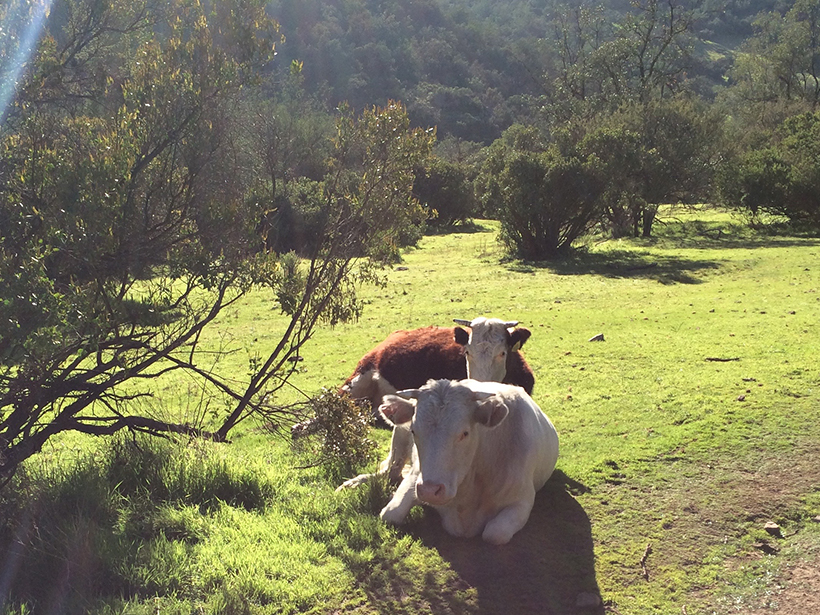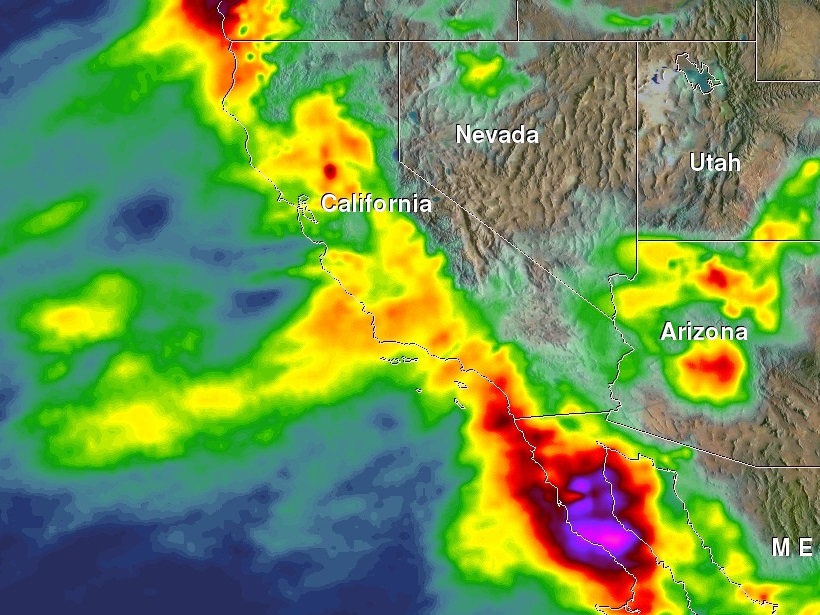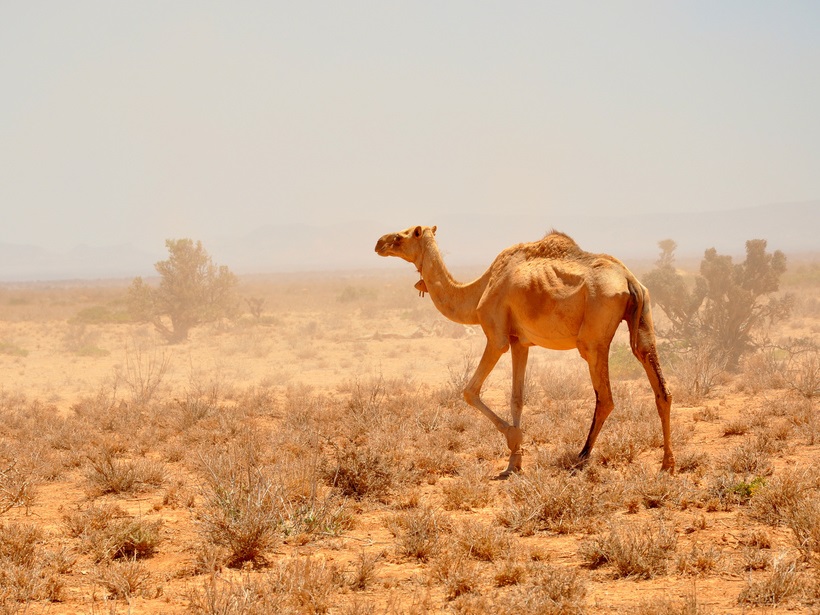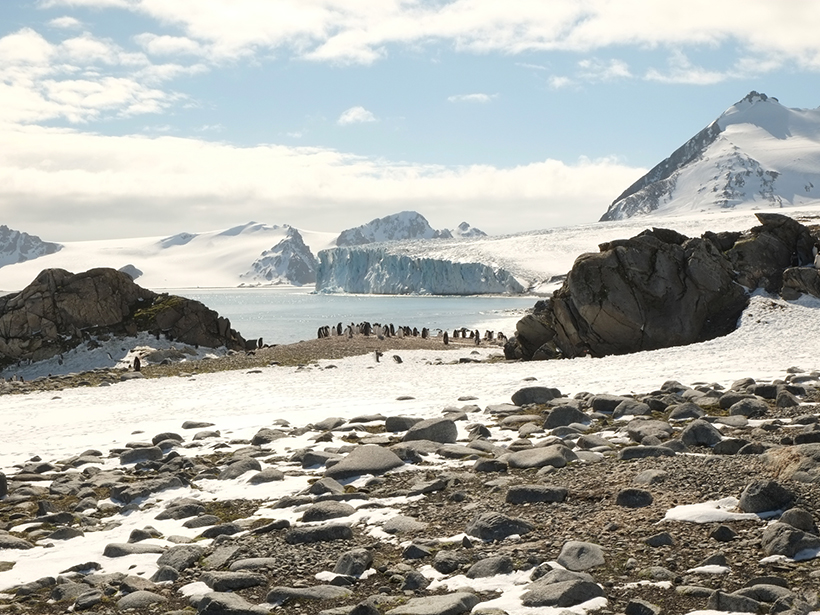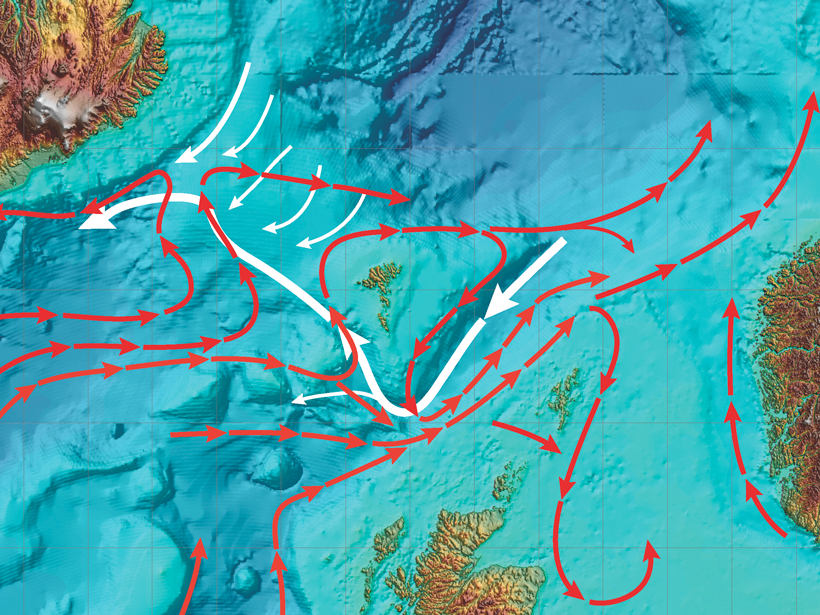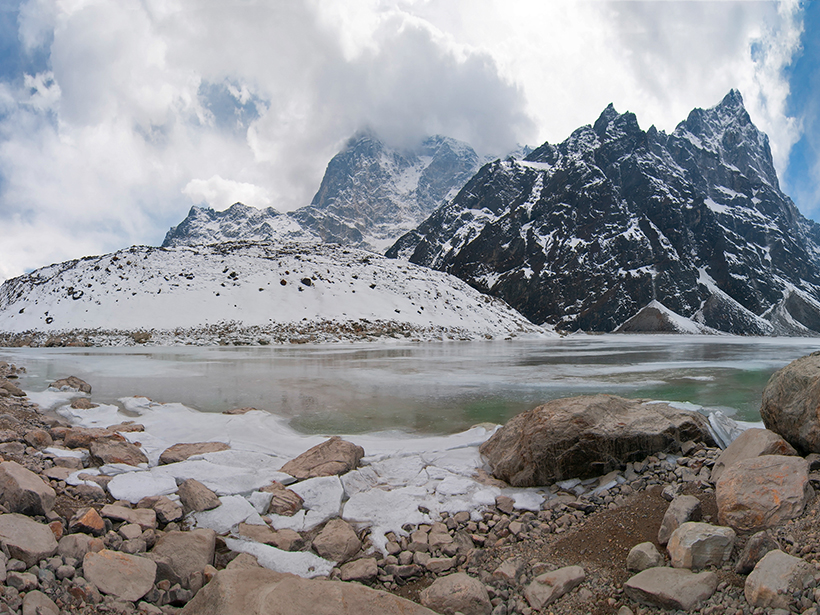Ecologists find flaws in the approach to research that focuses on services ecosystems provide to humans. These flaws limit certain studies’ utility.
Climate Change
A Benchmark for Trace Greenhouse Gases in the Arctic Ocean
Samples of seawater from the North American Arctic show that the region is neither a major source nor sink of methane and nitrous oxide to the overlying atmosphere.
Concepts for Dealing with the Complexity of Weather and Climate
A recent article in Reviews of Geophysics describes how a nonlinear approach and the concept of regimes helps our understanding.
Are Humans to Blame for Worsening Heat Waves in China?
A new study suggests that even hotter events will follow unless greenhouse gas emissions are reduced.
Short Rains and Long Rains
A recent paper in Reviews of Geophysics examined the drivers of interannual and regional rainfall variability in eastern Africa.
Tiny Particles with Big Impact on Global Climate
A recent paper in Reviews of Geophysics suggests that new understandings of secondary organic aerosol may require a rethinking of atmospheric chemistry-climate models.
Antarctic Microbes Shape Nutrient Content of Snowmelt
As temperatures continue to rise, snow-dwelling microbes could accelerate melting and influence downstream ecosystems.
Tracking Water Through the North Atlantic Ocean
Workshop on Currents and Transports Across the Iceland-Faroe-Scotland Ridge; Tórshavn, Faroe Islands, 9–10 January 2017
Cities Partner to Prepare for Natural Hazards and Climate Change
NASA-Rio-UCCRN Workshop on Sea Level Rise, Urban Heat Islands, and Water Quality; New York, 14–16 November 2016
Climate Change Indicators Are Not Enough
Extreme events capture the public’s attention, but gradual climate shifts will more profoundly affect civilization and life on Earth. Scientists must get better at conveying this to the public.

